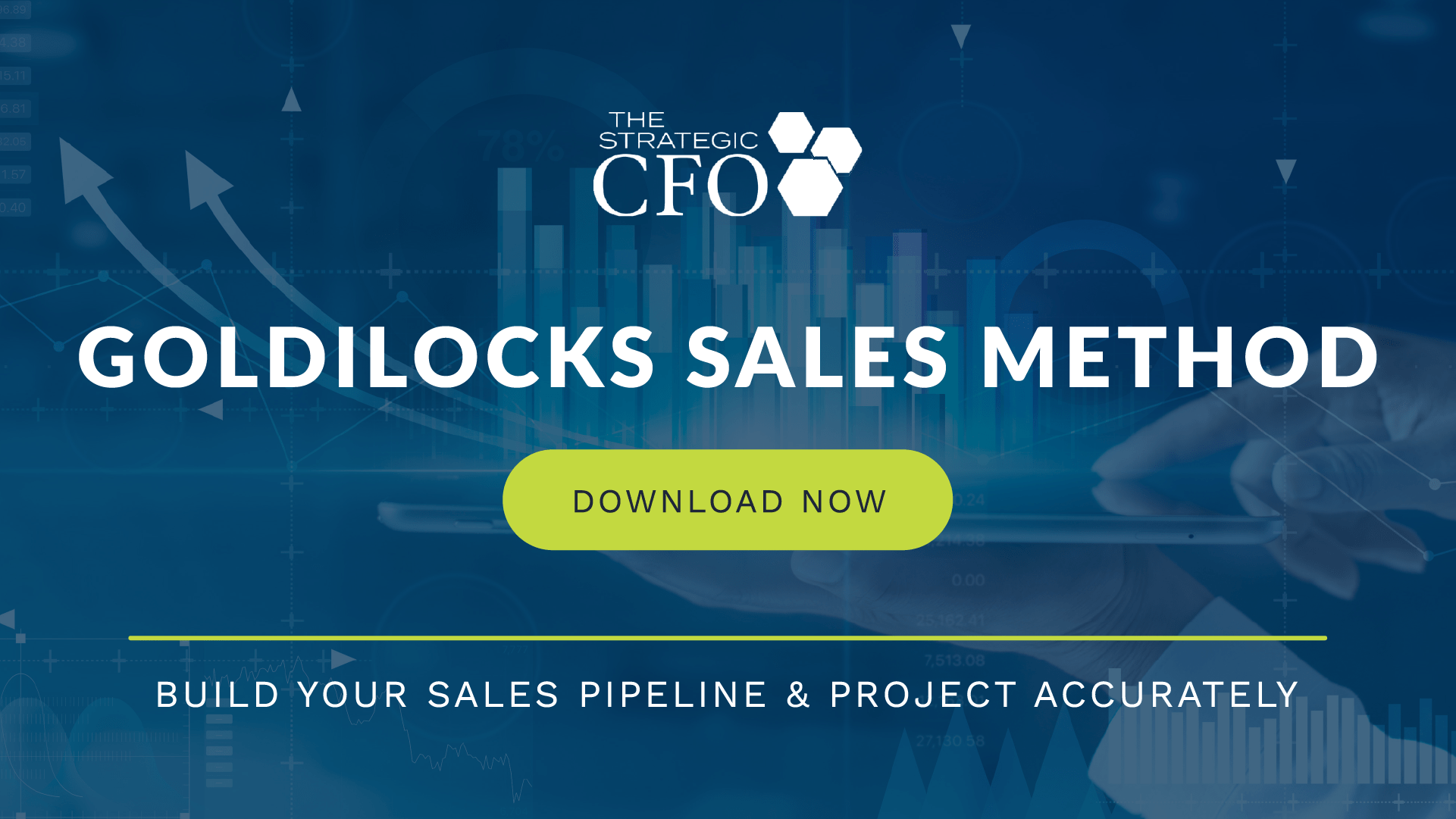Do you manage your business looking backward or forward? Are you preoccupied with looking at how last month compared with the budget instead of where your business is headed? While examining actual performance against the budget can be a very useful approach to identifying areas of improvement in your organization, it can also take your focus away from planning for your future business needs.
Forecasting and Your Business
It is important to develop and maintain a running forecast model of your business, one that incorporates trends (in sales, COGS, and overhead) as well as other information (addition of a significant new customer, loss of a substantial current customer, anticipated large changes in raw material prices and/or other expenses, or a new building lease, for example). This will help you estimate your upcoming needs for cash and give you the time to adequately prepare.
Connecting Your Financial Statements
You need to have an income statement model. This projects sales based on expected items or services sold and the prices received, as well as expected gross and net margins. Then, tie your income statement to a projected balance sheet and statement of cash flows. You should also consider a running working capital forecast as well as a capital expenditure forecast.
Being able to anticipate future capital needs months in advance can go a long way to improving your company’s performance by allowing you the time to seek out the best terms (in cost of capital as well as other terms). Such a forecast will help you establish credibility with prospective lenders and investors as well as provide an easy means of communication with them.
Click here to forecast and project your business accurately with our Goldilocks Sales Method whitepaper.

Access your Sales Genie Execution Plan in SCFO Lab. The step-by-step plan to produce accurate sales forecasts or projections.
Click here to access your Execution Plan. Not a Lab Member?
Click here to learn more about SCFO Labs











